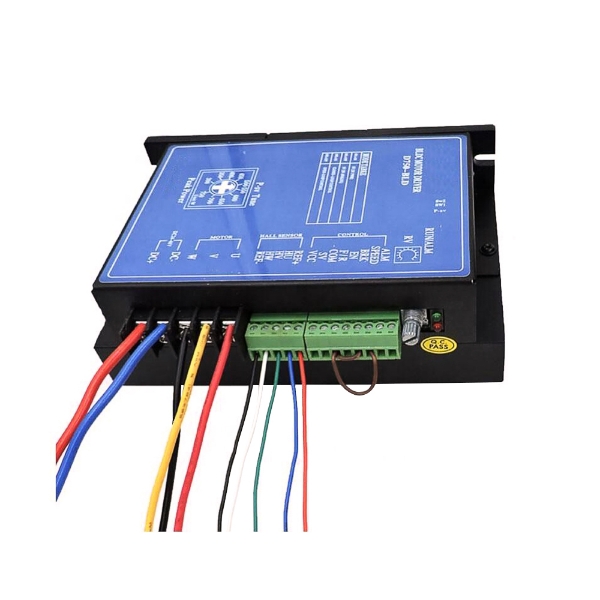Close
-
You have no items in your shopping cart.
- Register
- Log in
- Wishlist
- Shopping cart
Close
Menu
Close
- Home /
- Shop /
- BLDC Motor Controllers /
- 5kW BLDC Motor Controller for 48V/96V Electric Vehicle
Write your own review
Related products
18V-52V BLDC Motor Controller for 24/36/48V BLDC Motor
BLDC-C750
This brushless DC (BLDC) motor controller is built for reliable performance with 24V, 36V, and 48V BLDC motors, as well as worm gear and planetary gear motors. It supports a broad voltage input range of 18V to 52V and allows for speed control up to 20,000 RPM.
$233.52
3kW BLDC Motor Controller for 48V Electric Vehicle
BLDC-EVC-3
With a rated power of 3000W and a rated voltage of 48V, this controller supports a maximum voltage of 75V. The controller is compatible with a wide range of communication protocols, including CAN-BUS, RS485, and UART, ensuring flexible integration with various vehicle systems.
$598.76
10kW BLDC Motor Controller for 48V/72V Electric Vehicle
BLDC-EVC-10
The 10kW BLDC motor controller for 48V/72V electric vehicles is equipped with automatic motor parameter matching, including Hall sensors, photoelectric encoders, and magnetic encoders. The BLDC motor controller also features comprehensive motor protection mechanisms, including temperature monitoring
$1,328.96
20kW BLDC Motor Controller for 72V/96V Electric Vehicle
BLDC-EVC-20
The 20kW BLDC motor controller is designed for 72V and 96V electric vehicles, featuring five adjustable gears, allowing for independent customization of torque, speed, and power. Additionally, the controller supports multiple communication protocols such as CAN-BUS, RS485, and UART, ensuring seamless integration with other electronic systems.
$1,593.76
Precision BLDC Motors for Robotics, EVs and Automation
INFORMATION
RESOURCE
CUSTOMER SERVICE
Copyright © 2025 BLDC.com. All rights reserved.






